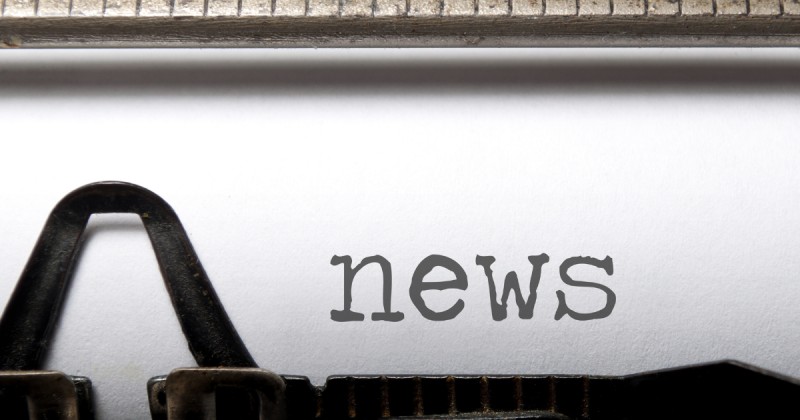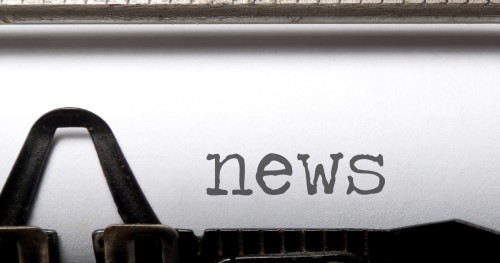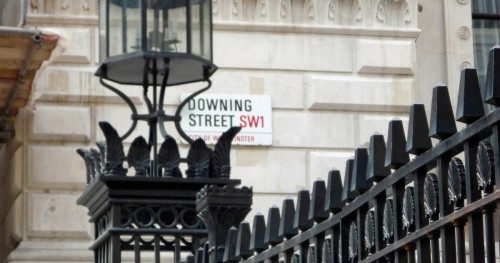
A UK freelancer’s overview of VAT
VAT: in a nutshell for freelancers
When invoicing a client, you will be required as a freelancer to charge 20% ‘VAT’ on taxable supplies, on top of your fees.
Value Added Tax (VAT) applies to selected goods and services -- some products may be subject to lower VAT rates and some are VAT-exempt.
As a self-employed freelancer, the total VAT charged will be calculated, recorded and paid to HMRC on a quarterly basis or reclaimed from HMRC if you paid more tax (input tax) than you received (output tax).
Input tax? This is tax paid when purchasing someone else’s goods and services
Output tax? The tax received from someone else when purchasing your goods and services
Once you hit the ‘VAT threshold,’ (outlined later in this guide) you will be required to register for VAT. As a VAT-registered business, you will benefit from the scheme as you will be able to reclaim VAT on purchases made from other VAT-registered businesses.
The following VAT rules will apply if you are a taxable person running a business as:
- An individual
- A partnership
- An unincorporated association, e.g. trust or charity
- A limited company ,
VAT rates on goods and services
VAT will apply to all goods and services which generate revenue and capital, including the sale, hire or loan of goods. The three output categories are as follows:
Rate
% ofVAT
What the rate applies to
Standard
20%
Most goods and services
Reduced rate
5%
Some goods and services, e.g. children’s car seats, domestic fuel, home energy
Zero rate
0%
Zero-rated goods and services, e.g. children’s clothes, books, newspapers
The standard rate will apply to most services supplied to EU non-business customers.
EU business customers will be exempt from paying VAT as they will be responsible for paying tax in their own country. The rules will vary depending on the type of service or product they are purchasing, as explained in this manual by HMRC.
What is the VAT threshold?
You will be required to register for VAT if you have a taxable turnover of over £85,000 (this amount has been set in stone for two years from April 1st 2018). If you fail to register, you will be fined by HMRC.
How do I register for VAT?
You will be able to register for VAT through the online HMRC platform. Once registered, you will create an online account, also known as a Government Gateway Account, from which you will receive correspondence from HMRC and submit your VAT returns.
If you or your freelance business has appointed an accountant, they will typically act as your ‘agent’ and take care of your VAT registration. Once you have registered for VAT, HMRC will send your VAT certificate either through your online account or through the post, directly to your agent.
Voluntarily registering for VAT if under threshold
If you are under the VAT threshold of £85,000, you are able to voluntarily register for VAT. If you are a small, one-person business, you may benefit from voluntarily registering for VAT as this may give the favourable impression that you are a larger business than you are and make you appear better established (which can be helpful when trying to win work or secure contracts). Also in some cases, some VAT-registered businesses may feel more comfortable to trade with other VAT-registered addresses.
Once registered, you will be required to charge VAT on goods and services, also known as Output Tax (as outlined at the outset). However, if the VAT paid by yourself to other businesses (Input Tax) outweighs the VAT paid to you by other businesses (Output Tax), HMRC will allow you to reclaim the difference. If the Output Tax outweighs the Input Tax, you will be required to pay the difference to HMRC.
Deregistering for VAT
The current threshold to deregister for VAT is £83,000. You can only deregister if your business is likely to stay below this threshold over the next 12 months. If you voluntarily registered for VAT, you will be able to deregister without any objections from HMRC. You will also be able to deregister if you meet any of the following criteria:
- Legal structure of your business has changed
- Joined a VAT group
- Stopped trading
- Stopped making VAT taxable supplies ,
You will be required to deregister within 30 days of the above actions or you will be fined by HMRC. It takes around three weeks for HMRC to confirm deregistration. You will be required to submit a final tax return for the period up to the date of deregistration.
Filing VAT Returns
You will be required to submit your VAT returns to HMRC every three months, also known as an ‘Accounting Period’. You will still need to submit this if no VAT return is due. If you have access to specialist cloud accounting software as part of your accountancy package, your accountant may be able to complete and send your tax return to HMRC through the dedicated online platform.
The VAT return will record the following:
- total sales and purchases
- amount ofVATowed
- amount ofVATyou can reclaim
- what yourVATrefund fromHMRCis ,
The deadline for your VAT return and payment will be listed on your online account. If your payment has not reached HMRC by the deadline, you may be subject to a surcharge on top of the VAT that you owe.
Making Tax Digital for VAT
Making Tax Digital (MTD) for VAT will come into force from April 1st 2019 for most businesses. This initiative requires businesses to submit VAT updates to HMRC on a quarterly basis through MTD-compatible software, and to retain digital VAT records. MTD compatible software refers to software which establishes a direct link to HMRC.
This measure was introduced to help avoid tax errors, promote efficiency and modernise taxation.
Making VAT payments
VAT payments should be made by the deadline stated on your VAT return.
If you are using the Annual Accounting Scheme, you will make one advanced payment towards your VAT bill. The payment will be based on your last return, or if you are a newly registered VAT business, your VAT payments will be estimated. When submitting your VAT return, you will make a final payment which covers the difference between your advanced payment and the actual VAT bill. If you have overpaid on your tax bill, you will be able to apply for a refund. If VAT calculations is very difficult for you, use this handy VAT calculator .
The recently error-hit Payment on Accounts scheme requires you to make an advanced payment towards your tax bill twice a year, spreading the costs.
Flat Rate VAT Scheme
The Flat Rate VAT Scheme (FRS) allows you to pay a fixed rate of VAT and keep the difference between taxes received and paid. You are able to join the FRS if your taxable turnover is £150,000 or less (excluding VAT).
In the first year of being VAT-registered, you will be able to take advantage of a 1 per cent reduction in the Flat Rate percentage. This runs 12 months from the date you registered for VAT, not the date that you joined the Flat Rate VAT scheme.
Cash Accounting Scheme
The Cash Accounting Scheme is for businesses with an annual taxable turnover up to £1.35 million. The amount of VAT you will pay is the difference between sales invoices and purchase invoices. You will pay VAT on sales when customers pay you and reclaim VAT when you pay a supplier.
Retail schemes
The standard VAT retail scheme can be used together with the Cash Accounting Scheme and standard Annual Accounting scheme, but cannot be used in conjunction with the Flat Rate VAT scheme. Retail schemes can be used if your annual turnover, excluding VAT, does not exceed £130 million. If it exceeds this threshold, you are able to come to a bespoke arrangement with HMRC.
Specific retail schemes allow you to calculate tax once when submitting each VAT return, rather than following each sale. There are three standard VAT retail schemes:
- Point of sale scheme: record VAT at point of sale
- Apportionment scheme: purchase goods for resale
- Direct calculation scheme: make a small proportion of sales at one VAT rate and majority of sales at another rate. ,
Tax invoices
A VAT invoice can only be issued by a VAT-registered business. There are two types of invoices which are typically used:
- Modified invoice: for retail supplies over £250
- Simplified invoice: for retail supplies under £250 ,
You must retain tax invoices in order to reclaim VAT; these can be stored on paper or electronically. The necessary information which should be included on both styles of invoices can be found in the following linked-to section of the HMRC website.
VAT Moss & No-Deal Brexit
The Union VAT ‘Mini One Stop Shop’ (MOSS) is an online service used to report and pay VAT on the sale of digital services to EU consumers. In the event of a ‘No-Deal’ Brexit, UK suppliers of these services will no longer be able to use the Union VAT MOSS service as the UK will no longer be part of the European Union. As a result, you will need to sign-up for the Non-Union VAT MOSS service.
You will need to register by April 10th 2019 if a sale is made from March 29th to 31st 2019 and by May 10th 2019 if a sale is made in April 2019.
The UK government intends to keep VAT rules and procedures the same as before Brexit, according to its guidance on the issue. But inevitably, there will be changes to VAT rules on transactions between the UK and EU member states, so shrewd freelancers supplying these states would be wise to enlist or at least engage with an adviser to ensure they are operating compliantly and efficiently – a task that will remain important even after Brexit has completed.
This ‘UK Freelancer’s Overview of VAT’ exclusively for FreelanceUK was written by Keith Tully, partner at business recovery specialists RBR Advisory.



Comment
Log in or create your account to react to the article.